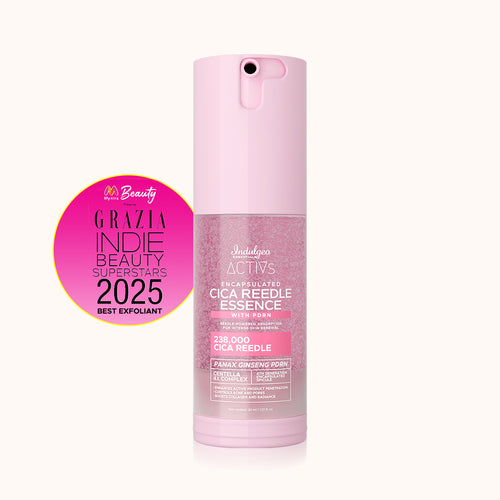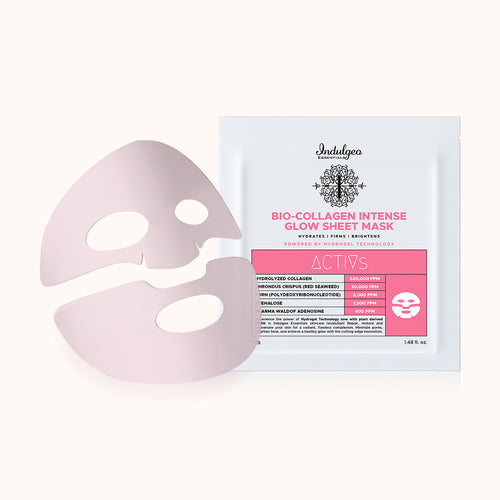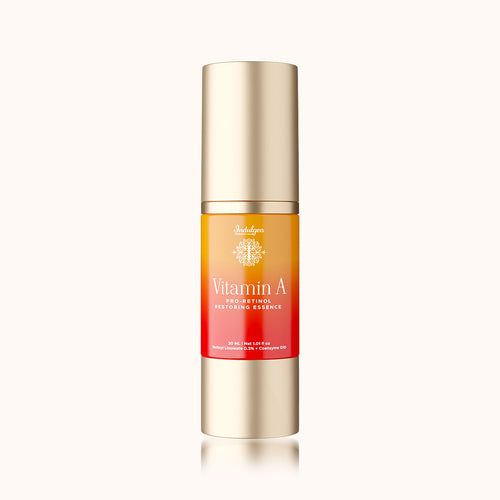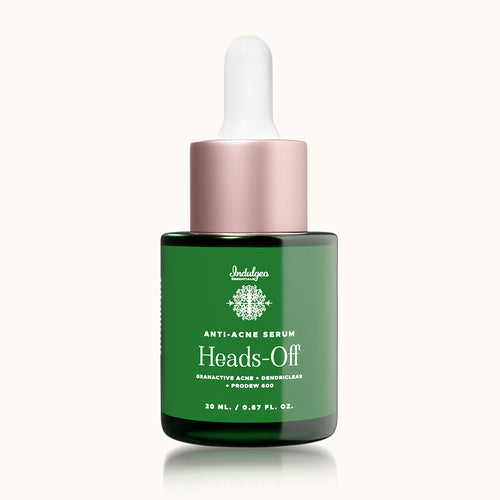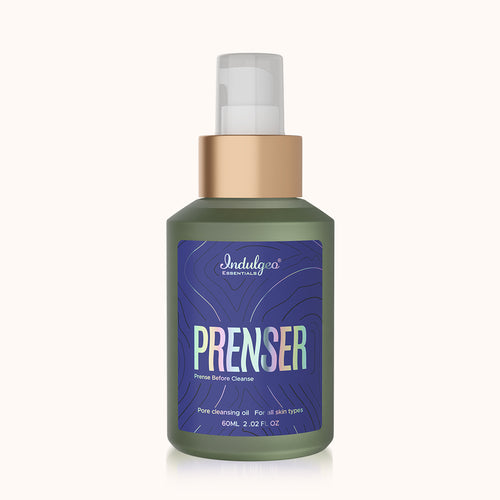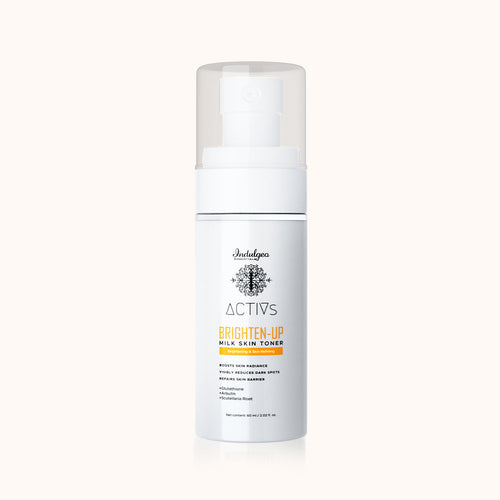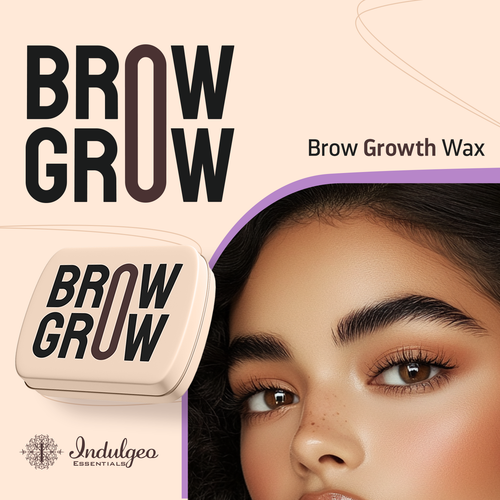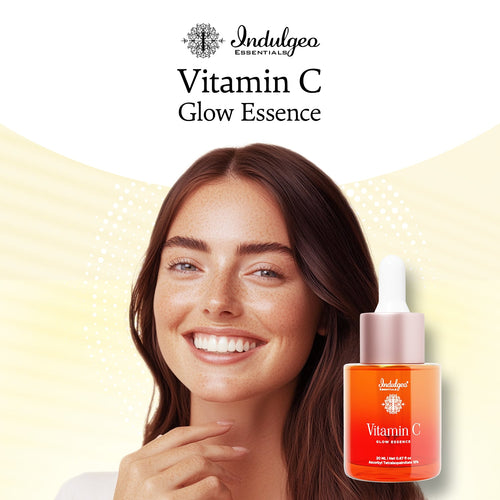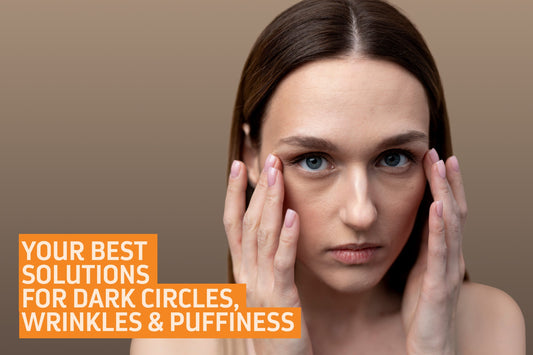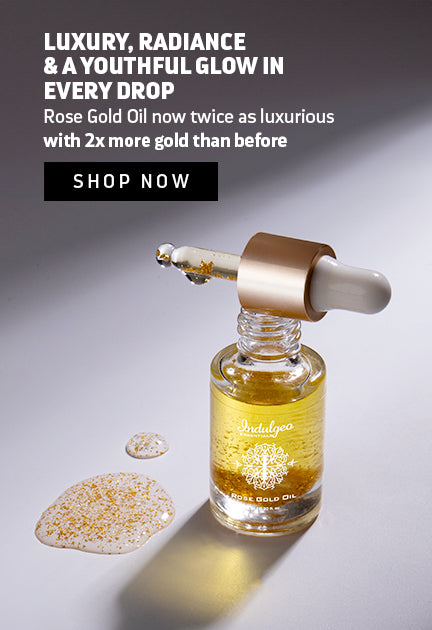
One of the most powerful ingredients in skincare products is salicylic acid. It has become a staple in any skincare routine due to its ability to combat acne, exfoliate the skin, and improve overall skin texture. In this guide, we'll explore how to effectively use salicylic acid for clear skin and achieve a healthier skin inside and out.
What is Salicylic Acid?
Salicylic acid is a beta hydroxy acid (BHA) which is an oil-soluble component which penetrates deeply into the pores, making it particularly effective for treating acne and blackheads.
Benefits Of Salicylic Acid For Clear Skin
Salicylic acid is a highly effective ingredient for a variety of skin concerns, particularly for those dealing with acne-prone or oily skin. Here are the detailed benefits of incorporating salicylic acid into your skincare routine:
1. Exfoliates the Skin
By working as an exfoliant, Salicylic acid helps to remove dead skin cells that can accumulate on the skin's surface, thereafter, leading to a smoother and more radiant complexion.
2. Clears Pores
One of the most prominent features of salicylic acid is its ability to penetrate deep into the pores. Being oil-soluble, it can dissolve excess sebum and debris within the pores, which is particularly beneficial for preventing and treating acne. By clearing out these blockages, salicylic acid helps to reduce the occurrence of blackheads and whiteheads.
3. Reduces Inflammation
Salicylic acid has anti-inflammatory properties that can reduce the redness, soothe irritated skin and heal swelling associated with acne. This makes it preferential for individuals with inflamed pimples or skin which is prone to irritation.
4. Prevents Future Breakouts
Incorporating salicylic acid in your skin care and using it regularly can prevent future breakouts by maintaining clear pores and getting rid of excess oil and dead skin cells. This proactive approach can lead to experiencing fewer acne flare-ups over time.
5. Improves Skin Texture
Salicylic acid helps to improve the overall skin texture by promoting the shedding of dead skin cells and clearing out pores. With regular use, you'll notice a smoother and more even skin surface, making it an ideal component for achieving clear skin in your skincare routine.
How to Use Salicylic Acid
- Cleanse Your Skin: Start with a gentle cleanser to remove impurities from your face. This prepares your skin for better absorption of salicylic acid.
- Apply Salicylic Acid: Use a product containing salicylic acid, such as a toner, serum, or spot treatment and apply it evenly across your face. Regular applying it may reap better results and make your skin more glowy and healthier!
- Moisturize: Follow up with a lightweight moisturizer to keep your skin hydrated. In order to avoid dryness and irritation, this step is essential.
- Sun Protection: Using sunscreen during the day is a must as salicylic acid can make your skin more sensitive to UV rays. Opt for a broad-spectrum SPF 30 or higher to prevent skin problems.
Tips for Using Salicylic Acid
- Avoid Overuse: Using salicylic acid too frequently can lead to dryness and irritation. Stick to 2-3 times per week and adjust as needed.
- Patch Test: Before using salicylic acid, do a patch test to ensure you don't have an adverse reaction from it.
- Combine with Other Ingredients: Salicylic acid can be combined with other acne-fighting ingredients like benzoyl peroxide, but make sure to avoid combining it with other strong acids or retinoids without professional advice to prevent adverse effects.
Potential Side Effects
While salicylic acid is generally safe for most skin types, it can cause some side effects, especially if overused. These include:
- Dryness: Salicylic acid can cause dryness by depriving the skin of its natural oils.
- Irritation: Some users may experience redness, itching, or a burning sensation that may be irritating to the skin.
In such cases, you should discontinue its use and consult a dermatologist.
Incorporating Salicylic Acid into Your Routine
When it comes to your skincare regimen, salicylic acid can be revolutionary. Here are some tips on how to incorporate it effectively. Salicylic acid for clear skin helps unclog pores, reduce acne, and improve overall skin texture for a smoother, healthier complexion.
- Morning Routine: By following this routine in the morning, you can see effective results of salicylic acid : Cleanse your face, apply a salicylic acid toner or serum, moisturize, and finish with sunscreen.
- Evening Routine: For your evening skincare routine, Cleanse, apply salicylic acid treatment, and follow with a hydrating night cream.
Products to Consider
When choosing salicylic acid products, consider the following types:
- Indulgeo essentials Sal Cleanse is the perfect cleanser for targeting specific areas with persistent acne. A foaming face wash infused with salicylic acid 1%, caffeine, niacinamide makes Sal Cleanse- a vital part of your skincare regime to diminish the appearance of pores, fight acne and terminate skin-flakiness to achieve a healthier skin.
- Indulgeo Essentials Sal Wash comprises Salicylic Acid, Green Algae Extract, and Papain Extract and is the perfect body wash which deals with body acne along with hydrating and eliminating pores, thereby nourishing your skin. These help balance the skin's pH while delivering a dose of salicylic acid. They are ideal for oily and acne-prone skin.
- Indulgeo essentials Sal Moist contains salicylic acid, palmatic acid, green tea and seaweed extract is a refreshing moisturizer which can be effectively used as a spot treatment to refine the skin’s texture and target the appearance of pores, acne and excess oil production. It is a highly recommended product for achieving exquisite and well-moisturized skin.
Conclusion
Salicylic acid can considerably improve the appearance and texture of your skin when used correctly. Adjust your usage as needed after monitoring your skin’s reaction. With consistent use, you’ll witness visible results, including a clearer and more gleaming skin appearance! Salicylic acid for clear skin helps unclog pores, reduce blemishes, and promote a smoother, healthier complexion.


